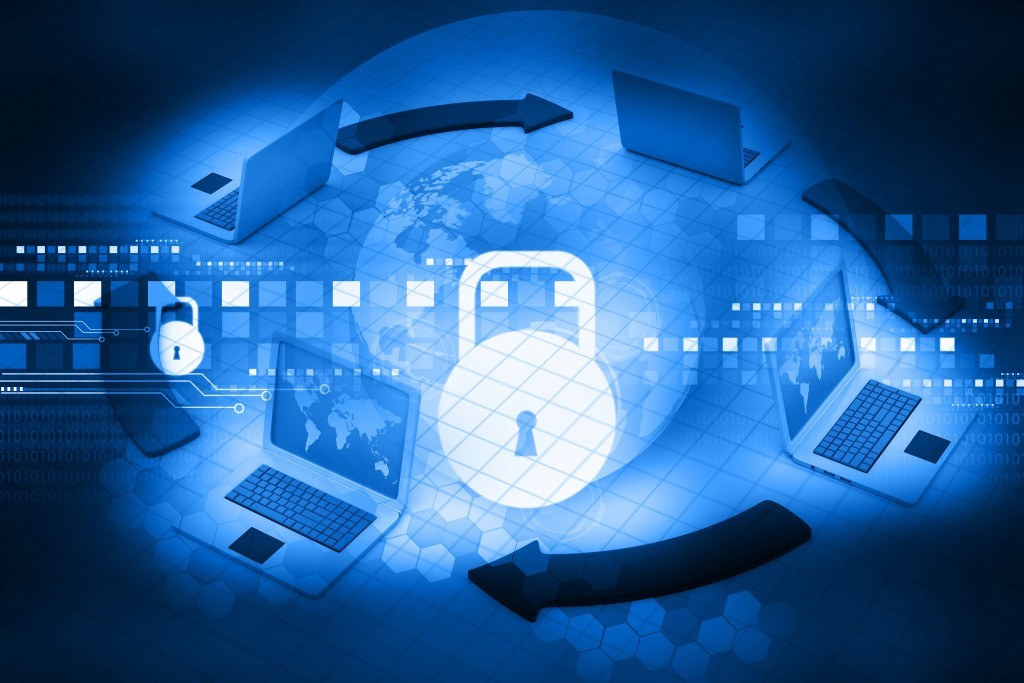In today’s connected world, where digital information is valuable, keeping networks safe is really important. There are lots of cyber threats out there like viruses and scams, so organizations need to focus on cybersecurity to keep their data safe. In this blog, we’ll talk about why cybersecurity in networking matters, what kinds of threats there are, and some tips for keeping digital information secure.

Understanding Cybersecurity in Networking
Cybersecurity in networking means using tools and strategies to keep networks safe from hackers and other threats. This includes things like encrypting data, controlling who can access the network, detecting intruders, and responding to security incidents. The goal is to protect the network, devices, and data from being accessed or stolen by unauthorized people.
Importance of Cybersecurity in Networking
Cybersecurity is essential in networking for several reasons:
- Keeping Data Safe: Networks carry a lot of important information like personal details, financial records, and secrets. To stop unauthorized people from getting this data, strong cybersecurity measures are needed. They help prevent hackers from breaking in and stealing confidential information.
- Stopping Cyber Attacks: Bad guys are always trying to attack networks using things like viruses, fake emails, and overwhelming the system with traffic. Good cybersecurity defenses can spot these attacks and stop them before they cause big problems, such as shutting down the network or stealing money.
- Following Rules and Laws: Different industries have rules about keeping data safe and private. For example, there’s a law called GDPR that says companies must protect people’s personal information. If they don’t follow these rules, they can get in trouble and face fines. So, it’s important for organizations to have cybersecurity measures in place to follow these rules and keep everyone’s data safe.
Common Threats and Vulnerabilities
Several common threats and vulnerabilities pose risks to network security:
- Malware: Malicious software such as viruses, worms, and trojans can infect networked devices, compromise data integrity, and disrupt network operations.
- Phishing Attacks: Tricky emails or messages try to fool people into giving away important info like passwords or money.
- Insider Threats: Sometimes, people inside the organization can cause problems by accident or on purpose, like sharing secret info or messing with data.
- Weak Authentication and Access Control: If it’s too easy for the wrong people to access the network, they can cause trouble by stealing data or doing unauthorized actions.
Best Practices for Cybersecurity in Networking
To enhance cybersecurity in networking, organizations should implement the following best practices:
- Dividing Networks: Split networks into different parts to stop cyber attacks from spreading and to keep any problems contained.
- Protecting Data: Ensure sensitive information is scrambled so unauthorized people can’t read it, both when it’s moving around and when it’s stored.
- Keeping Software Up-to-Date: Always install the latest updates for programs and devices to fix known problems and prevent hackers from exploiting them.
- Teaching Employees: Show staff how to stay safe online by spotting fake messages, using strong passwords, and reporting anything suspicious.
- Watching for Trouble: Utilize special tools to monitor the network for anything suspicious, enabling quick resolution of any problems that arise.
Conclusion
Cybersecurity is paramount in networking to protect digital infrastructure, data assets, and sensitive information from cyber threats and attacks. By understanding the importance of cybersecurity, identifying common threats and vulnerabilities, and implementing best practices for network security, organizations can mitigate risks, safeguard their networks, and ensure the integrity, confidentiality, and availability of critical resources in an increasingly interconnected world.
